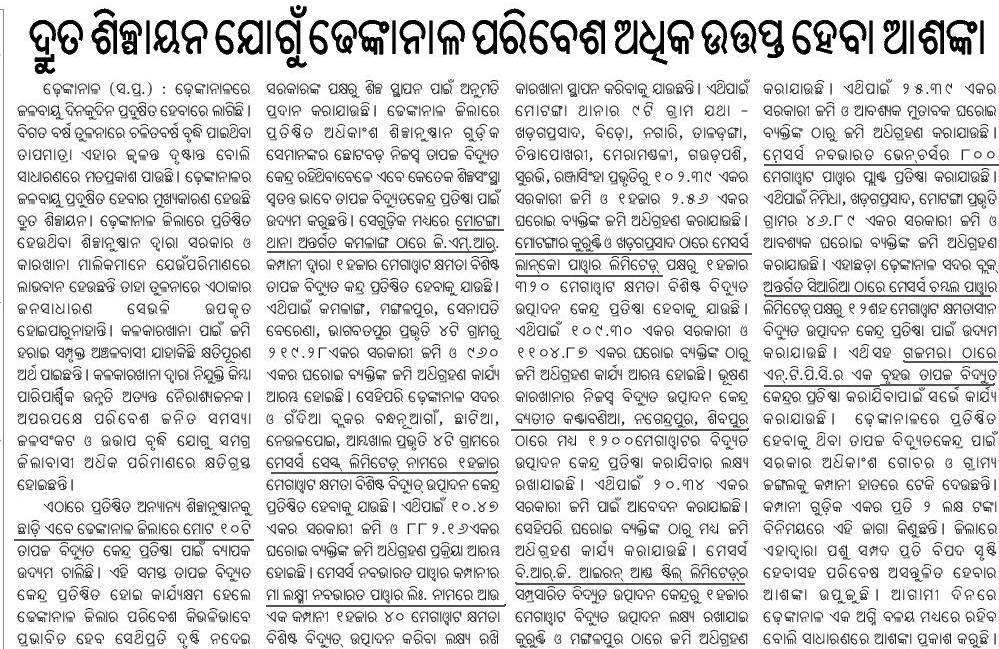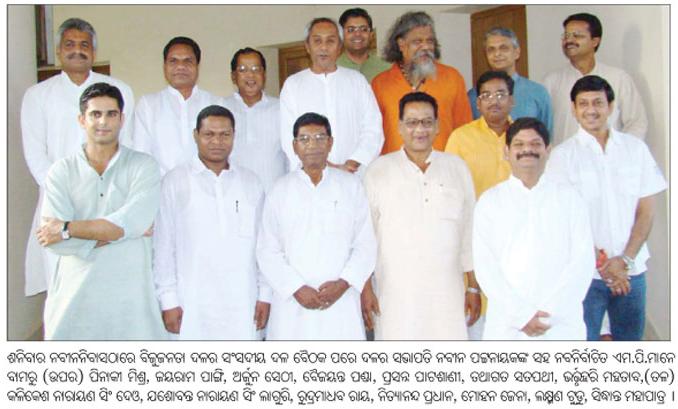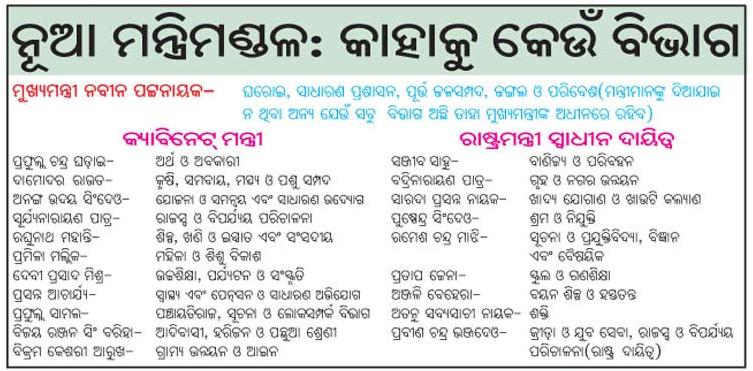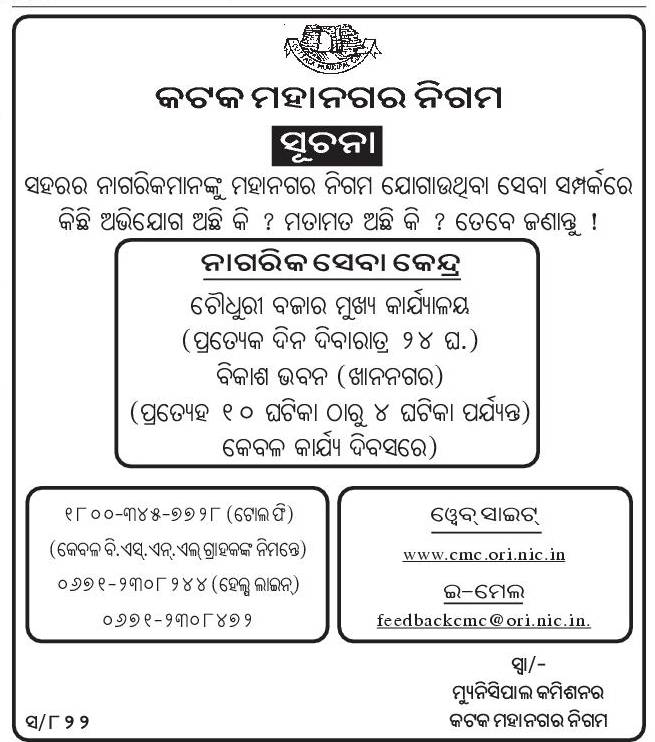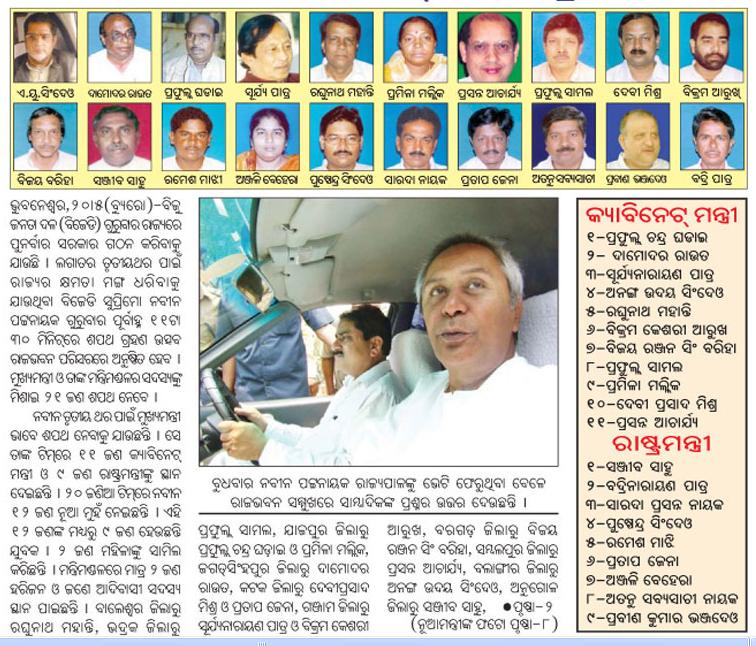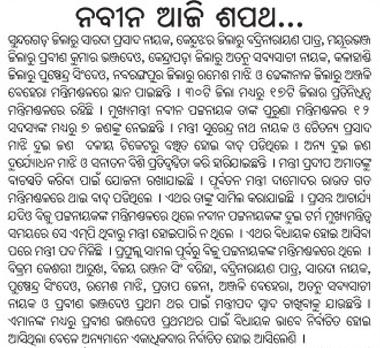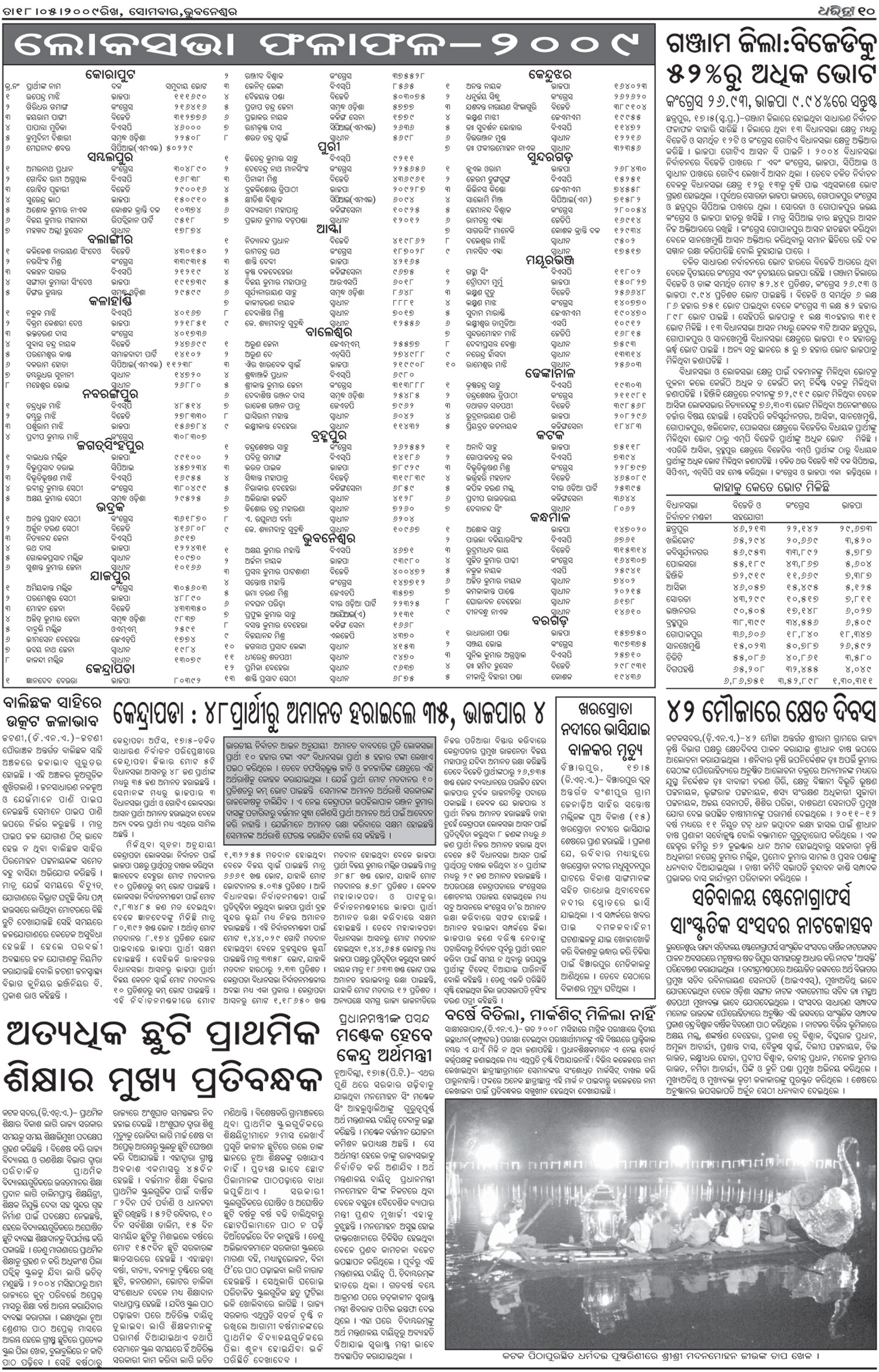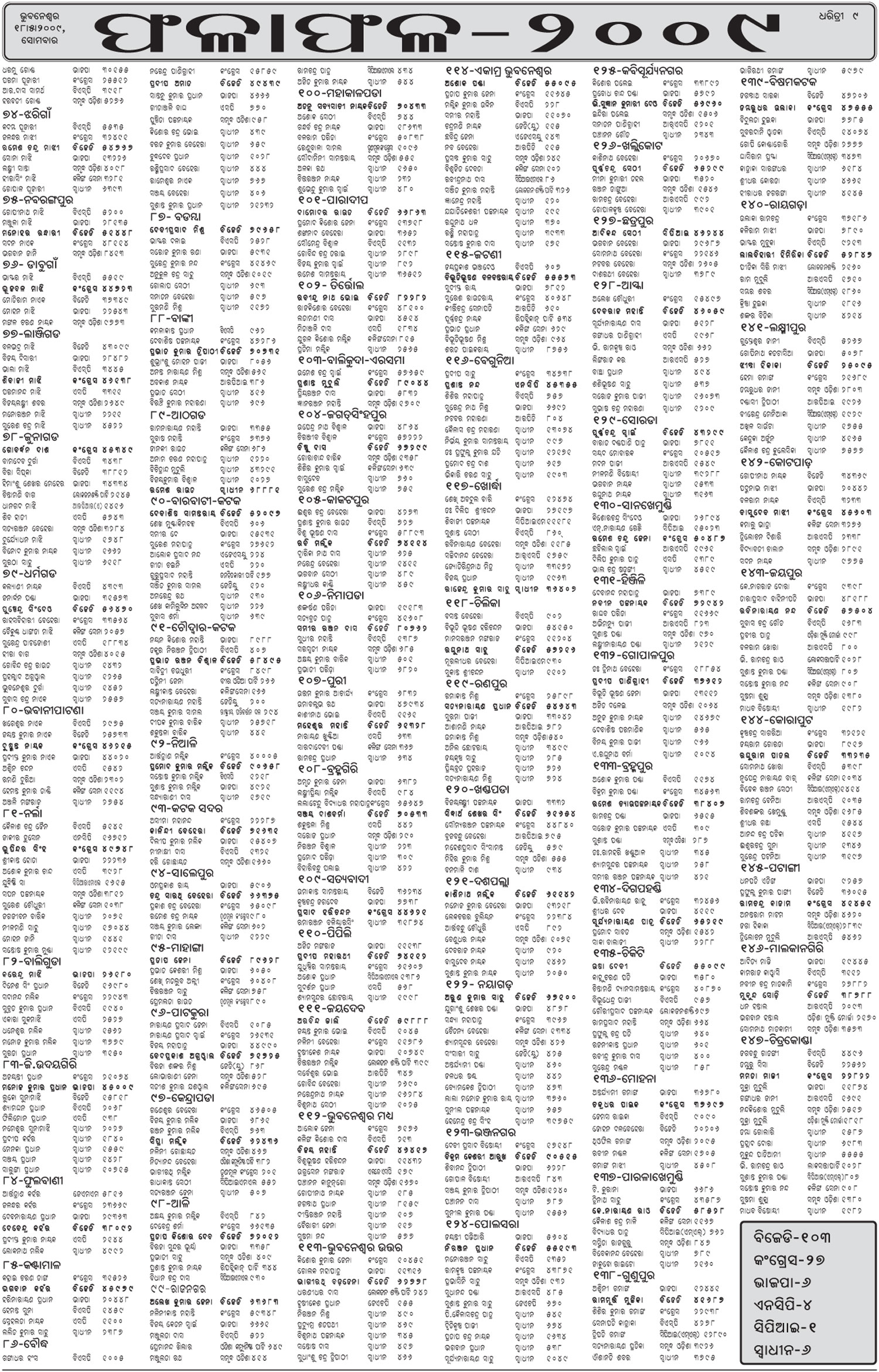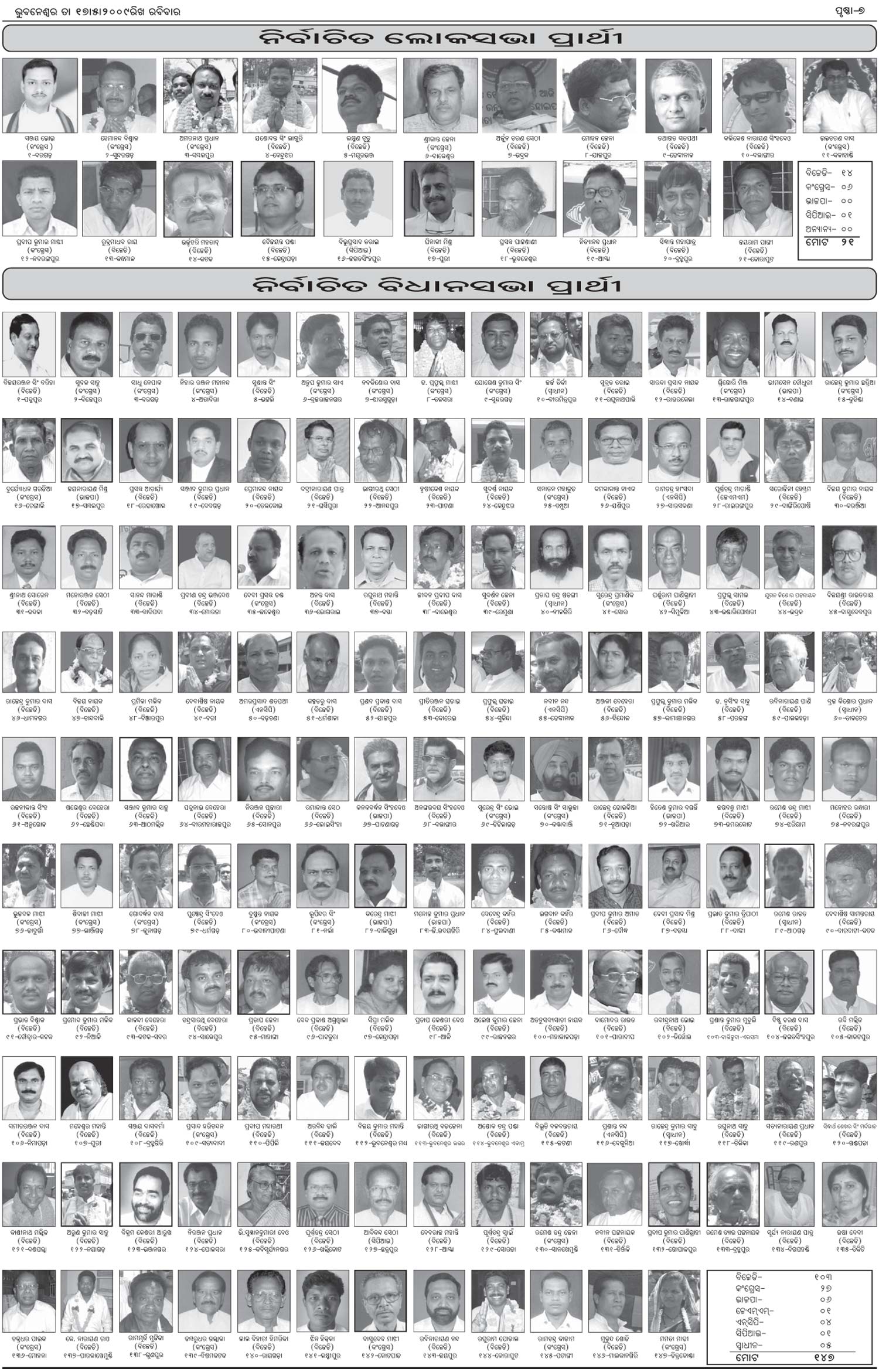State Level Single Window Clearance Authority (SLSWCA) clears many projects
Aluminium, Bhubaneswar- Cuttack- Puri, Business Standard, Cement, Cuttack, Dhenkanal, Jajpur Rd- Vyasanagar- Duburi- Kalinganagar, Jindal, Kalahandi, Keonjhar, Malkangiri, Ore pelletisation, Single Window Clearance (SLSWCA), State Public Sectors, Tatas, Thermal Comments Off on State Level Single Window Clearance Authority (SLSWCA) clears many projectsFollowing is an excerpt from a report in Business Standard.
The State Level Single Window Clearance Authority (SLSWCA) headed by the chief secretary Ajit Kumar Tripathy today cleared five projects worth Rs 2807.7 crore.
…out of the 12 proposals considered by SLSWCA, the proposal of Bhubneswar Power Private Ltd for setting up of a 2X67.5 Mw CPP was deferred. The energy department has been asked to consider the proposal from the policy point of view.
Two major investment proposals by Vedanta Aluminium Ltd (VAL) and Hindalco Industries were partially approved in today’s meeting due to non-availability of bauxite and pending the environmental carrying capacity study by the Orissa State Pollution Control Board.
VAL had proposed to expand the capacity of its refinery at Lanjigarh from one million tonne per annum (MTPA) to 6 MTPA and the smelter plant capacity from 0.25 MTPA to 1.6 MTPA. Besides, the capacity of the CPP was proposed to be raised from 674 Mw to 1350 Mw with a combined investment of Rs 37,440 crore.
The company had signed MoU with the Orissa government for the present capacity at an investment of Rs 12,400 crore. However, SLSWCA only recommended for a smelter capacity of 0.5 MTPA as the company had already achieved this level. It also approved the capacity expansion of the CPP to 1350 Mw as sought by the company. The additional smelting capacity will be considered only after ascertaining the availability of bauxite and receipt of the OSPCB study on environment. Similarly, Hindalco Industries Ltd (Aditya Aluminium) had proposed to expand its alumina refinery capacity to 1.5 MTPA from 1 MTPA at present.
Along with this, the company also sought expansion of its smelting capacity to 0.72 MTPA from 0.26 MTPA and increase in the CPP capacity to 1650Mw from 650 Mw.
SLSWCA has decided to recommend a marginal increase in the smelting capacity from 0.26 MTPA to 0.36 MTPA and CPP capacity from 650 Mw to 950 Mw to the HLCA.
It also put conditional approval to the proposal of the Tata Sponge Iron Ltd. to set up a 1.5 MTPA steel making capacity along with a 52 Mw CPP at an investment of Rs 3101 crore. While the existing sponge capacity of the company is 0.39 MTPA, it had sought to expand its capacity by 0.45 MTPA to 0.84 MTPA.
Similarly, the company proposed to set up one MTPA blast furnace and 1.6 MTPA pellet plant in a separate location in Keonjhar district. It will have to increase the steel making capacity first and after that the increase in the sponge making capacity will be allowed.
The other projects which were approved include 4 MTPA iron ore beneficiation plant at an investment of Rs 360.85 crore to be set up by Kolkata based Rashmi Metaliks at Nayagarh in Keonjhar district.
Similarly, the Rs 624.7 crore investment proposal of Rungta mines, Shyam Steel Industries proposal for setting up 2 MTPA iron ore pelletisation plant were cleared by the SLSWCA. Besides, the Toshali Cement’s proposal to expand its capacity to 2100 tonne per day from 600 tonne per day along with 3.96 lakh tonne per annum grinding unit at Choudwar was also approved.
The proposal of Orissa Thermal Power Corporation, a joint venture between Orissa Hydro Power Corporation (OHPC) and Orissa Mining Corporation (OMC) to set up 2000 MW power plant at Rengali at an investment of Rs 8250 crore also received the nod of the committee.
Jindal India Thermal Power’s proposal to increase the capacity from 1200 Mw to 1800 mw and Lanco Bhawan Power’s proposal to increase its capacity to 2640 Mw from 1230 Mw were approved for recommendation to the HLCA on the basis of strong recommendation of the energy department.
In another significant decision, SLSWCA decided not to allow any more cement plant in the state except Malkangiri district as the state does not have sufficient amount of limestone.
